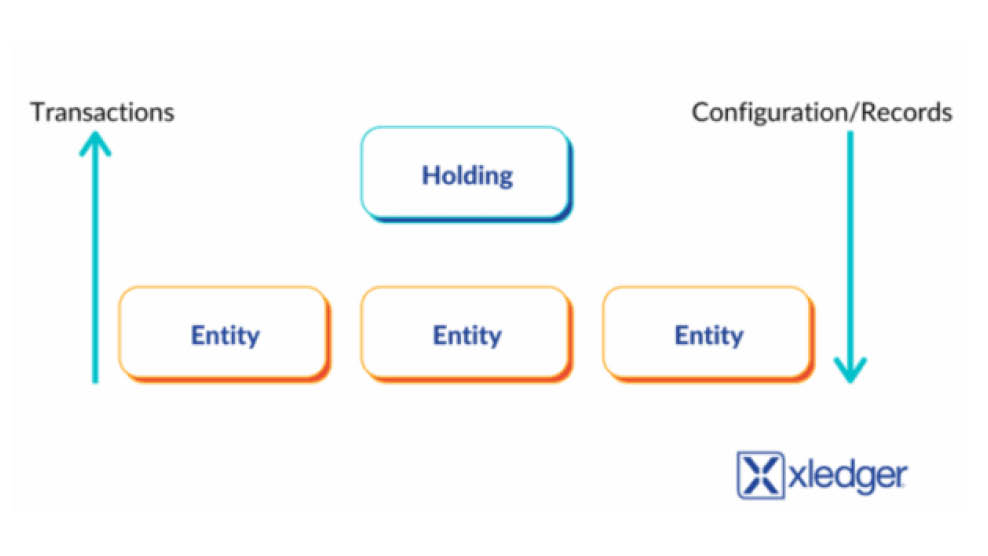Complex company structures are a headache for finance departments of housing associations. While from an operational perspective, we want to gain efficiency by creating synergy, removing silos, and eliminating duplication of effort.

From a finance system perspective, maintaining separate, discreet databases for each statutory entity does little to facilitate this effort. The best way to overcome these issues is to opt for a finance system that can achieve a live consolidation, and this article will explain why.
Get in touch with our dedicated team to learn how Xledger reduces inefficient group consolidation in housing associations.
For many housing associations, consolidation is completed manually in Excel. Reporting deadlines often create time constraints, making reports liable to last-minute adjustments and therefore susceptible to errors. Traditionally, finance departments of housing associations face several common issues when consolidating.
Secondly, with manual consolidation, it is practical to download and consolidate each entity at an aggregate level. This limits the ability to drill down, analyse, and understand underlying movements at a transactional level. Also, because it takes time to consolidate, this limits the frequency of reporting availability.
Then, there is the duplication of effort from maintaining separate databases. Day-to-day tasks such as approving invoices and processing transactions must be completed individually for each statutory entity, and the same suppliers, customer account codes and analysis fields need to be recorded separately in each database.
Thankfully, a modern finance system can solve these problems by producing a live consolidation, and the best way to achieve this is to look for a finance system with a technical structure that allows the entities to be built and maintained hierarchically.
With hierarchical entity structures, a ‘holding’ company sits above the individual statutory entities in a group. When a transaction is posted in an individual entity, it also exists in the database of the holding company.
Likewise, when a configuration or a record (such as a supplier or cost centre) is added in the holding company, they are also available in the entities below. Duplication of effort is, therefore, removed.

This structure provides the basis for an in-system, live consolidation which eliminates the need to create end-of-month Excel spreadsheets. Furthermore, instead of needing to go into each entity for analysis, you can drill down to the individual transactions and see the live data.
With hierarchical entity structures, while retaining the integrity of statutory reporting, you receive:
A modern financial system with a hierarchical entity structure is undoubtedly a game-changer for Housing Associations and is the best way to overcome the issues commonly faced. Ultimately, by achieving a live consolidation, Housing Associations can improve accuracy and increase efficiency by removing silos and duplication of effort. Get in touch to learn how Xledger can transform your housing association’s back-office finance function.
Speak to one of our dedicated team members for more information on how Xledger can support your business.
